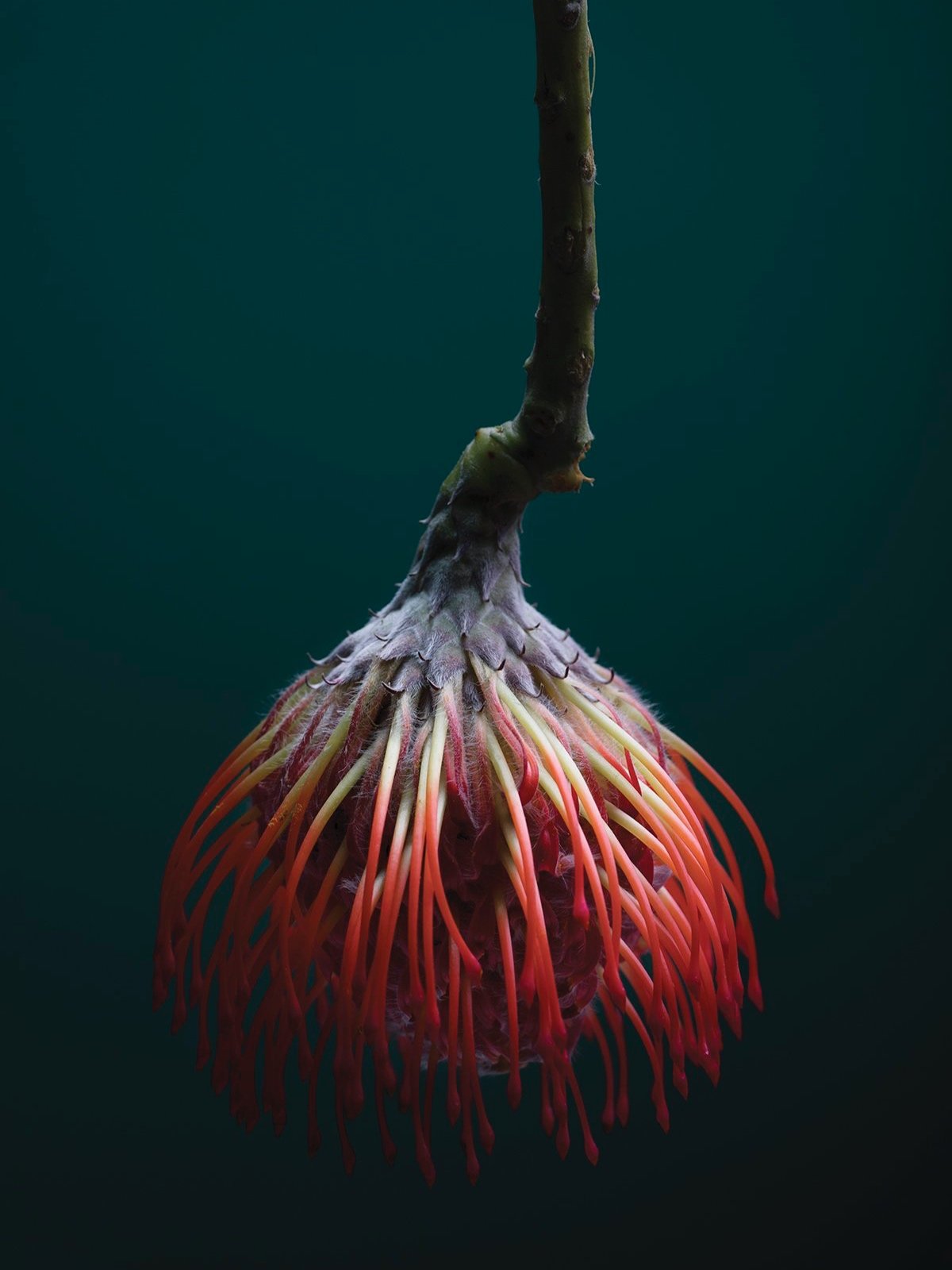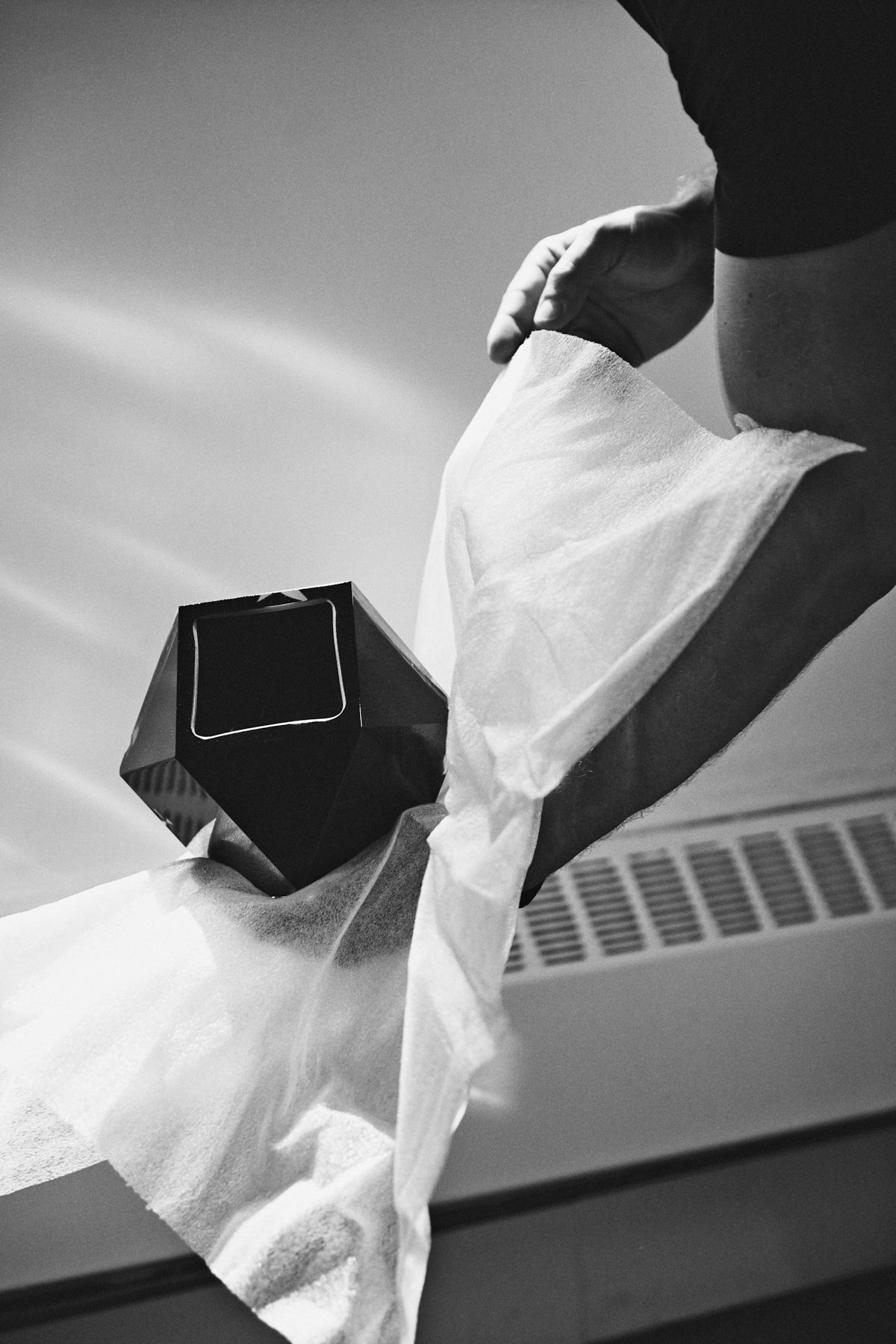Commissions Clients include Cirque du Soleil, The Guardian, Penn, Gabriel Scott, Ardene, FDJ, Frank & Oak, Saje, Agence Tux, Agence Polygraphe, French Kiwis, Museum of the Moving Image NYC, Air Canada Pilots Union (Alpa), La Groupe Aldo, Harry Rosen, Kanuk, Alula Mag, Botanic Sanctuary Antwerp, La Maison Corbeil, La Societé Must, Arazi Designs, Agence Paprika, Closet Case Patterns, Collins NYC, The Arcade Hotel AMS.
For more detailed commercial portfolios contact please me at jamesandrewrosen@gmail.com

Andalusia & Canary

Cirque du Soleil Beauty x Costume

Botanic Sanctuary Antwerp

Alula Magazine - Scrapbook for Japan

Bosquet

Arazi Designs

Sasha

Gabriel Scott (Makers)

Ardene

La Vitrine Québécoise

Artsake

Gabriella

Gabriel Scott

Florence Emilie x Humankind

The Guardian- The Boy in the Woods

The Lonka Project

French Kiwis

Glassworks x Gabriel Scott (Makers II)

Frank & Oak
